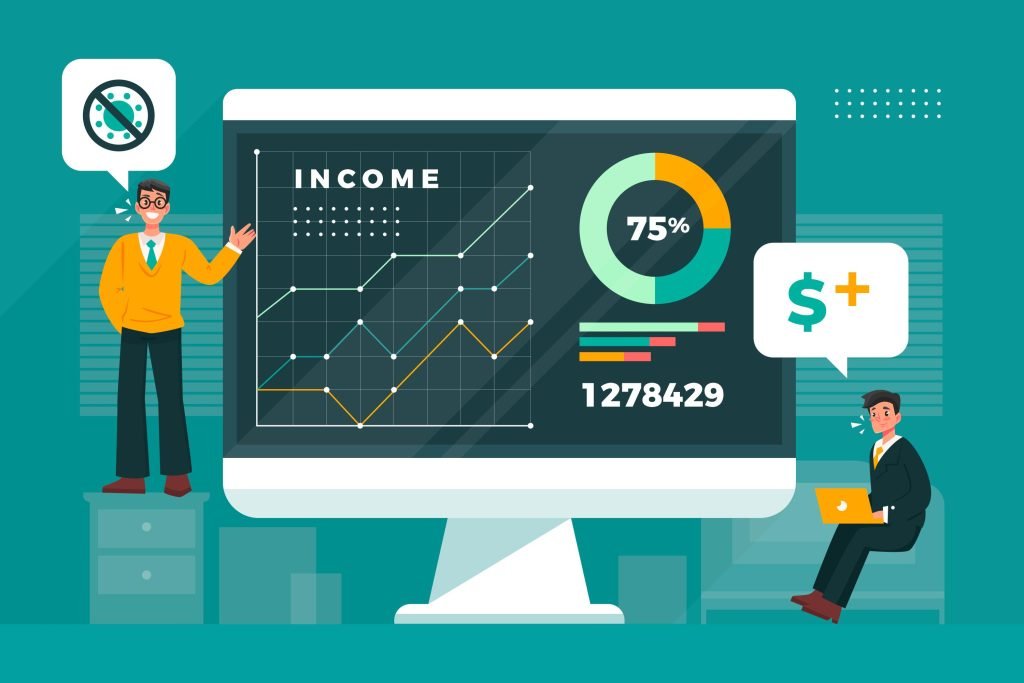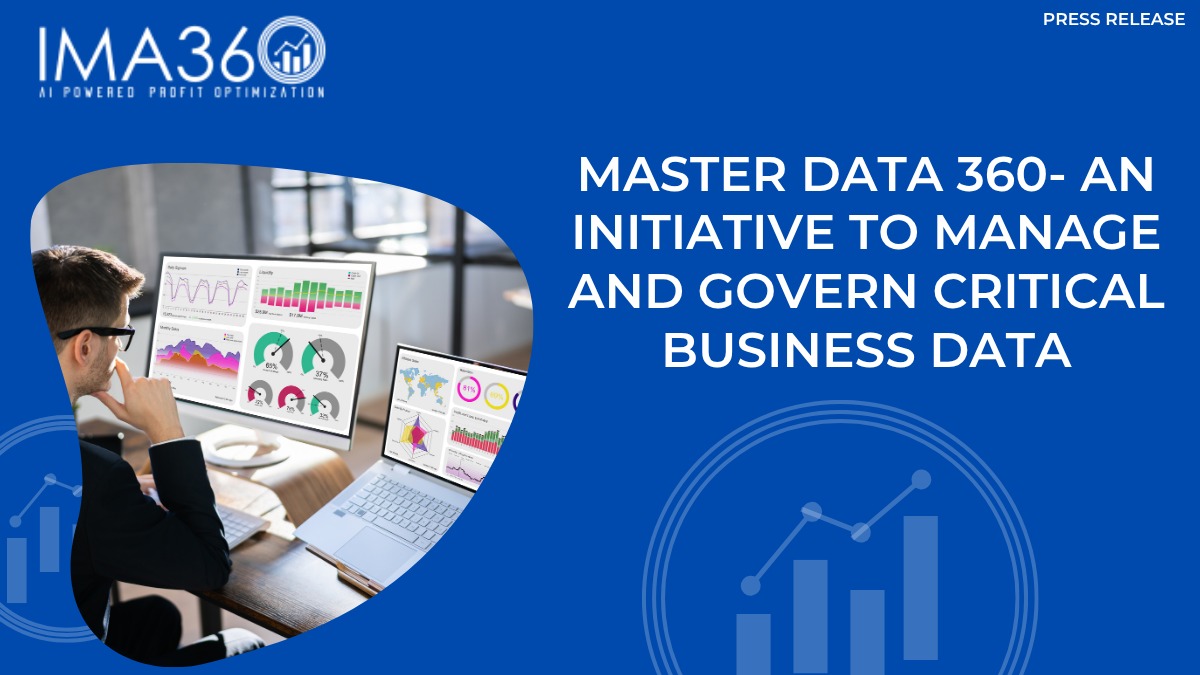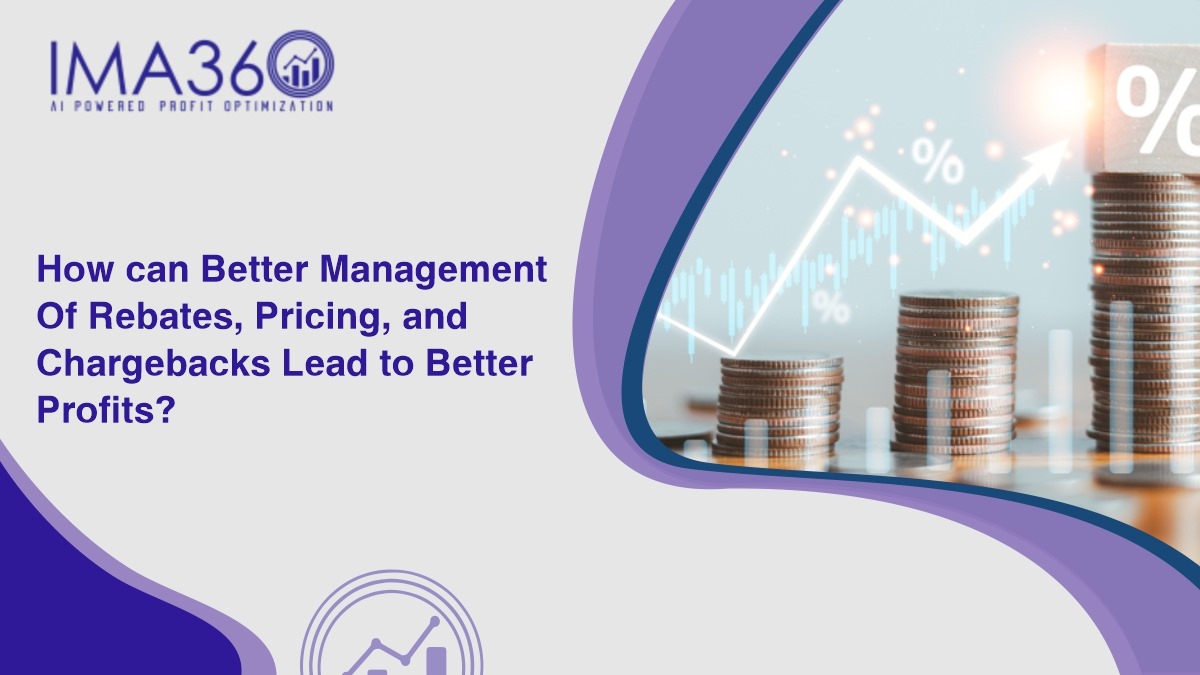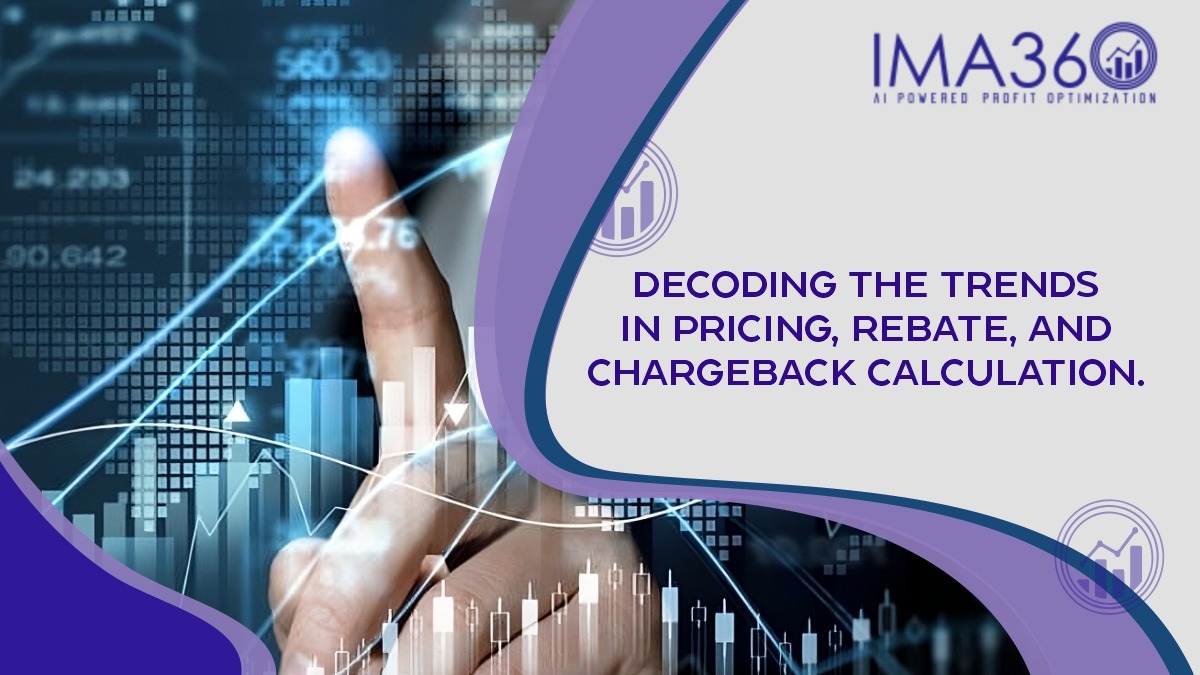Profit optimization software can be said to be a solution that businesses can use to optimize their profits in various areas of business. This software uses automation, sophisticated algorithms, and data analytics to optimize pricing strategies, streamline processes, and improve overall performance. Software for profit optimization helps companies make decisions that help increase revenue and reduce expenses by examining consumer behavior, market trends, and operational efficiency. Some important features that are usually a part of profit optimization software are -demand forecasting, real-time performance monitoring, inventory optimization, and dynamic pricing. Profit optimization software gives businesses the resources they need to attain growth and stability while staying afloat in this competitive world.
Having trusted and good profit optimization software helps businesses meet their success goals and increase their financial performance.
Understanding Real-Time Decision-Making:
Businesses are empowered by real-time decision-making because it enables them to quickly examine incoming data streams and react to the evolving market. Companies can handle massive amounts of real-time data in milliseconds through automation and analytics and give them the ability to virtually spot emerging patterns, customer preferences, and competitor threats. Because of their dexterity, firms can precisely manage risks and take advantage of opportunities by quickly adapting their operations and strategy. Organizations can enjoy a competitive edge by using real-time decision-making to remain ahead of the curve, predict changes in the market, and provide timely solutions that satisfy changing client expectations.
Explain the need for Profit Optimization Software:
The need for profit optimization software arises from the evolving complexity of modern business environments. Businesses operate in dynamic markets with constantly shifting consumer preferences, competitive landscapes, and economic conditions. To thrive in such environments, companies must continuously optimize their operations to maximize profitability. Profit optimization software provides the necessary tools and capabilities to navigate these complexities effectively.
This software enables businesses to analyze vast amounts of data to detect patterns, trends, and opportunities that impact profitability. By leveraging advanced analytics and algorithms, profit optimization software helps companies optimize pricing strategies, manage inventory efficiently, and streamline operations. Moreover, it allows businesses to make data-driven decisions promptly, adapt to changing market conditions, and stay ahead of the competition.

Explain the Impact on Pricing Strategies:
Profit optimization software dynamically adjusts pricing strategies based on real-time data and market trends, ensuring businesses maximize revenue and profitability. By continuously monitoring factors like demand, competition, and customer behavior, the software identifies opportunities to optimize pricing software effectively. For instance, it can automatically adjust prices upwards during periods of high demand or lower them to stimulate sales during slow periods. This real-time adjustment ensures businesses remain competitive and responsive to market changes, ultimately driving higher profitability. Additionally, the software considers various factors like seasonality and customer segmentation to tailor pricing strategies for different market segments, further optimizing revenue potential.
Optimizing Inventory Management:
Optimizing inventory management involves balancing supply and demand efficiently to minimize costs and maximize revenue. Precise demand forecasting based on historical data and market trends is crucial for maintaining optimal inventory levels. Inventory management software automates tasks such as order processing and tracking, providing real-time visibility into stock levels. Implementing just-in-time practices helps minimize carrying costs by ordering inventory as needed. By streamlining operations and using technology effectively, businesses can improve customer satisfaction, reduce costs, and enhance profitability through optimized inventory management.

Enhancing Operational Efficiency:
Profit optimization software boosts operational efficiency by analyzing real-time data to pinpoint bottlenecks and streamline processes. By identifying inefficiencies as they occur, businesses can take prompt action to resolve issues and improve workflow. This proactive approach minimizes downtime, enhances productivity, and ultimately reduces costs associated with inefficiencies. Additionally, the software enables continuous monitoring of operations, allowing businesses to make data-driven decisions for ongoing process improvement. Overall, leveraging profit optimization software allows businesses to operate more efficiently, optimize resource utilization, and drive cost savings.
Explain Challenges and Considerations in the Profit Optimization Software process
Beginning the process of profit optimization brings many challenges for businesses. From making sure the data is right to understanding the competition, dealing with these challenges is important for making more money in the long run.
- Data Quality – Ensuring accuracy, completeness and reliability of data is crucial for effective profit optimization. Challenges like missing data and inaccuracies can lead to flawed insights. Maintaining data quality requires robust governance practices and validation techniques to ensure reliable data for decision-making.
- Change Management – Transitioning to profit optimization strategies involves overcoming employee resistance and disrupting established workflows. Effective change management strategies, including clear communication and stakeholder engagement, are essential for successful adoption of new practices and technologies.
- Competitive Landscape – Understanding market dynamics and competitors is vital for profit optimization. Challenges include intense competition and rapid technological advancements. Businesses must monitor the competitive landscape, conduct competitor analysis, and adapt strategies to maintain a competitive edge.
- Ethical Considerations – Profit optimization must align with ethical principles and values to build trust and sustainability. Challenges include balancing profitability with ethical standards and avoiding practices that exploit customers. Establishing ethical guidelines and promoting a culture of integrity is crucial for ethical profit optimization.
- Technology Integration – Integrating profit optimization software with existing systems and processes can be challenging. Ensuring compatibility and smooth integration with other software platforms and data sources is crucial for maximizing the effectiveness of the optimization process.
- Data Security – Safeguarding sensitive data and ensuring compliance with data privacy regulations is essential in profit optimization. Businesses must employ robust data security measures to safeguard against data breaches and unauthorized access, especially when dealing with customer information and proprietary data.
CONCLUSION
Profit optimization software offers businesses a strategic advantage by enabling real-time data analysis to enhance operational efficiency. By identifying and addressing bottlenecks promptly, businesses can streamline processes and reduce costs effectively. This proactive approach ensures continuous improvement and positions companies for long-term success in the dynamic marketplace.

Anuj Gupta has 25+ years of experience in software development, helping 20+ Fortune 500 companies optimize pricing, promotions, and rebates. He founded IMA360 to address the lack of industry-configured solutions, enabling faster market entry and higher profitability. Through tailored SaaS tools, he drives margin optimization and operational efficiency across sectors







